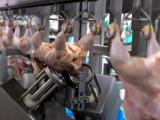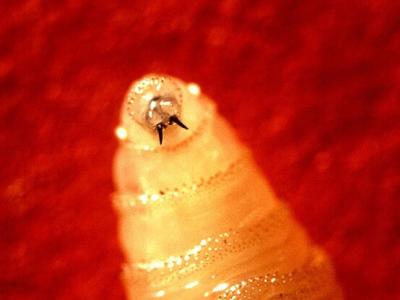Today the US Food and Drug Administration (FDA) released the first of three installments of draft guidance on the intentional adulteration (IA) rule, part of the Food Safety and Modernization Act (FSMA).
The rule is meant to guide the food industry on reducing the risk of exposing food facilities to IA, such as acts of terrorism. Unlike other FSMA rules that address specific foods or hazards, IA will require preventive measures for reducing vulnerabilities at all domestic and foreign companies that are required to register with the FDA as food facilities.
Defense plan required
This is the first time companies will have to provide a written food defense plan that details how they will be implementing the rule.
"Food facilities covered by the IA rule will be required to develop and implement a food defense plan that identifies their significant vulnerabilities and mitigation strategies for those vulnerabilities. They must also ensure that the mitigation strategies are working," FDA commissioner Scott Gottlieb, MD, said in a statement today.
Calling the move new regulatory territory for the FDA, Gottlieb said he worked directly with shareholders to address concerns of food manufacturers.
"The goal of this draft guidance, in its entirety, is to help provide greater clarity and predictability for manufacturers that need to take additional steps to come into compliance with the rule," he said. "We want to help ensure that the new requirements are cost-effective and not overly burdensome, while still being protective of the food system."
In the guidance document, the FDA offers several options for food facilities to limit IA. In one section, the agency suggests ways of performing background checks on potential employees to see if new hires represent a threat to a food facility. A facility may also choose to monitor vulnerable activities, such as processing bulk liquids.
Shipping and receiving is another area of concern, as is the handling of food storage containers.
The guidance says it's up to each company or facility to decide how often monitoring should take place, with a written defense plan required every 3 years.
More installments by end of the year
The second and third installments of the rule will be released later this year.
The second draft guidance will focus on a vulnerability assessment approaches tailored to facilities and training for food employees. The third guidance will give details on corrective actions, including how to verify if a facility's system is working.
See also:
Jun 19 FDA statement
Jun 19 FDA final rule
Jun 19 FDA draft guidance




















